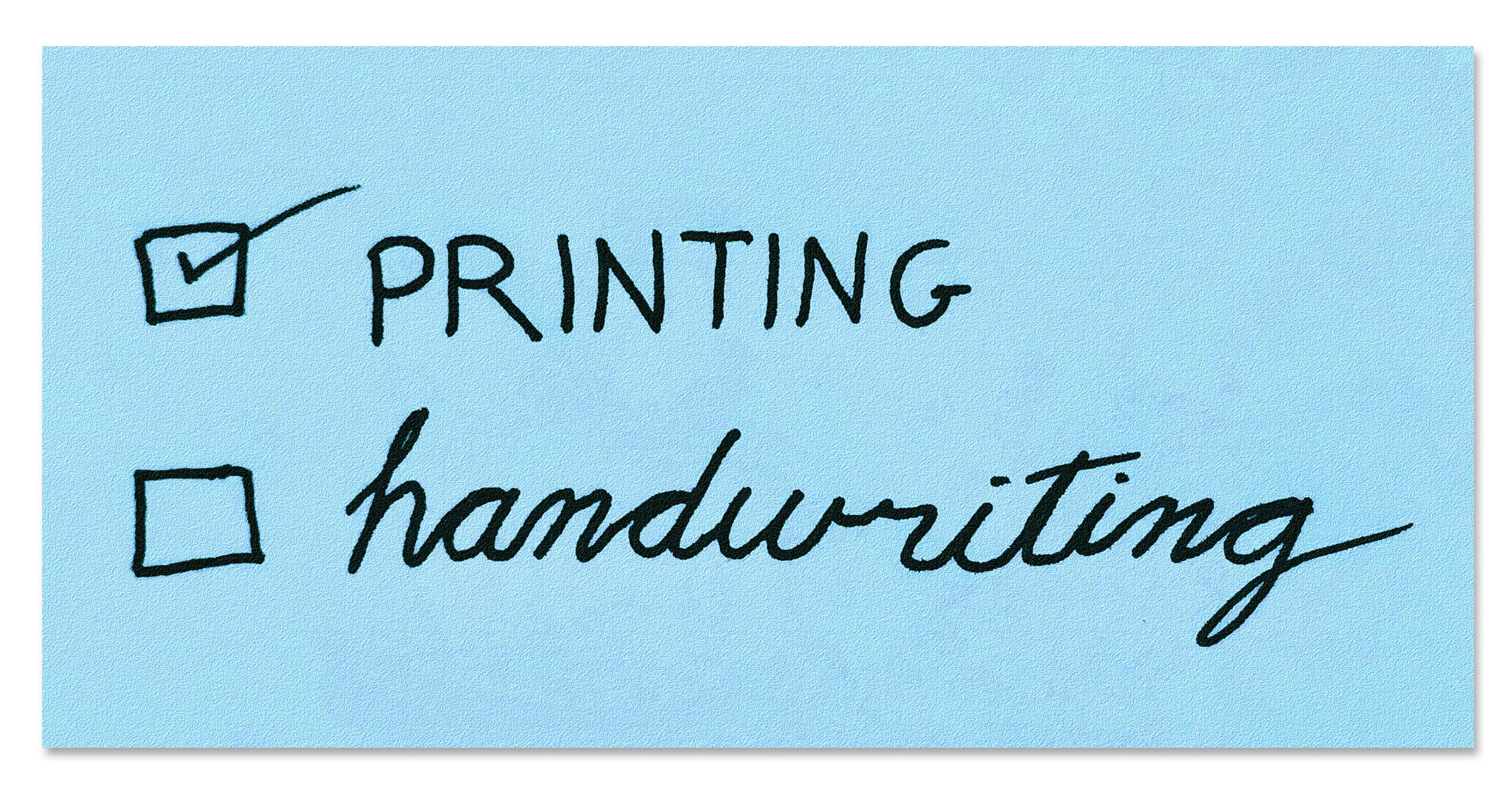When I was training for my nidan test (2nd-degree black belt) it seemed like everything I’d learned previously was wrong. I would do what I was sure I’d been taught, what I’d been doing all along, and then we’d stop and work on doing it right. My spacing and timing was wrong. Things I’d practiced carefully over and over were wrong. Things I’d heard as perfectly clear, specific instructions were wrong. “But, but, but, … Damn it!” It was terribly frustrating. At some point (unfortunately not until just before my last pre-test run-through), I just decided that nidan must be the level at which you have to un-learn everything you thought you knew, and chose to take it all in with a kind of detached, bemused curiosity. “Oh, goody. Let’s see what I’m doing wrong today.” That made the apparent contradictions easier to deal with, at least.
Even the morning of my test, reviewing a weapons partner practice I’d be demonstrating, I learned that the way we’d all been very deliberately doing one particular detail was wrong. Aaauugghh! At least I was able to fix it in time for my test.
I’ve long thought of the stages of learning Aikido being analogous to learning to write. At first we learn our letters. “Aa Bb Cc Dd …” Then we put them together to form simple words. “Cat. Dog. Toy.” Soon we add more words, and put them together to form simple sentences. “My cat likes to sleep in the sun.” Over time we learn to express more complex ideas. We can write persuasive essays, evocative poetry, and powerful novels.
This was something different. I finally realized it was like having worked to master legible printing, and now being expected to write in flowing cursive handwriting.
Cursive is smooth and continuous. There’s no stopping and starting between the letters. Words are whole, not made up of separate parts. Once we’re good at it, writing in cursive should be faster and easier. Done well, it’s beautiful, too.
Printing is kihon waza, basic technique. Cursive handwriting is ki no nagare waza, flowing technique.
To write in cursive we have to let go of much of what we know about printing. Things we’ve worked to master for printing are “wrong” for cursive. Those deliberate, absolutely vertical straight lines? Ditch ’em! Now our lines should lean and bend and loop. The perfectly round, complete circles? Out the window! In their place we pen graceful ellipses and swirling curves that sometimes (horrors) don’t even completely close. As we grow more confident, and mature in our ability, we develop our own style. Our writing may be tight and orderly, or swirly and free. Regardless of our individual style, we can convey beautiful messages that connect us with our readers.
I admire beautiful handwriting, but I’ve never been any good at it, and haven’t used it since elementary school. I’m really good at printing, though! In fact, because of my background in engineering I can print in perfectly straight, disciplined, careful, all-caps block letters like nobody’s business.
*sigh*
Time to work on my handwriting.





